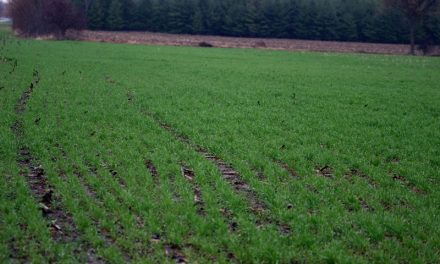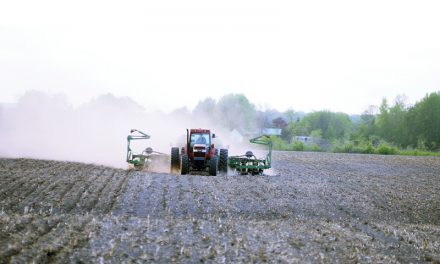Millets are known for their high nutritional content compared to commonly grown cereals like wheat, rice, or corn. They contribute to human and animal health, including that of mothers and their young. Millets provide dietary fiber, antioxidants, protein, and minerals including iron. They are gluten free with a low glycemic index to address intolerances and diabetes.
Millets were among the first plants to be domesticated and serve as a traditional staple crop for millions of farmers in Sub-Saharan Africa and Asia. They encompass a diverse group of cereals including pearl, proso, foxtail, barnyard, little, kodo, browntop, sorghum and teff. Millets can grow on poor soils with little inputs, are resistant or tolerant to many crop diseases and pests and can survive adverse climatic conditions. The genetic diversity of millets offers opportunities for economic development through income generating activities in the food sector or in niche markets for specific professional applications in pharmaceuticals and therapeutics.
The United Nations General Assembly declared this year as the International Year of Millets IYM 2023. The year aims to raise global awareness on the multiple benefits of millets including their nutritional and health benefits and suitability for cultivation under adverse and changing climatic conditions.
Historical & Production
Millets have been used since prehistoric times in Asia, Africa, and Europe. In China, records of culture of proso millet extend back to 2000 BC. It is the chief cereal in parts of India, Africa, and Russia. Millets were widely grown in Europe during the Middle Ages and were one of the principal foods of the poorer people of Rome and of Europe generally. During the 19th century in Europe, the millets were gradually superseded by wheat, rye, rice, corn, and potatoes.
In 2022, the world production of millets was over 30 million tonnes (USDA-IPAD), mostly from Asia and Africa.
However, the production and consumption of millets has persisted to a greater extent in Eastern Europe and Eurasia. Most millets grown in North America are used to feed livestock and for birdseed, but millets are an important subsistence food and a staple for one-third of the world’s human population, including parts of Asia, Africa, China and Russia. They are generally suited to less fertile soils and poorer growing conditions than most other cereal grains, and indeed crops such as corn (maize), wheat, and rice do not thrive where millets are grown.
Proso millet (Panicum miliaceum L.) was first introduced to Canada in the 17th century and was used in a limited way as a forage crop in the early 1900s. It apparently did not produce sufficiently high yields of either forage or grain to compete with the established cereals and forages of that time, so it gradually disappeared. By the early 1970s, scattered reports were being received of a weedy grass escaping herbicide treatments in corn and bean fields. This turned out to be proso millet which could be a serious threat to corn production. The lack of adequate chemical control measures may lead to significant corn grain losses (OMAFRA).
The only significant millet crop in Canada is proso millet, cultivated mostly in the Canadian prairies and in Ontario. Within recent years a demand for birdseed renewed interest in proso millet. Some Ontario farmers are growing proso millet for this market. The varieties grown are normally those with white, tan, or reddish coloured seeds and are like crops used in the early 1900s.
For more information about the IYM 2023, visit the website: https://www.fao.org/millets-2023












